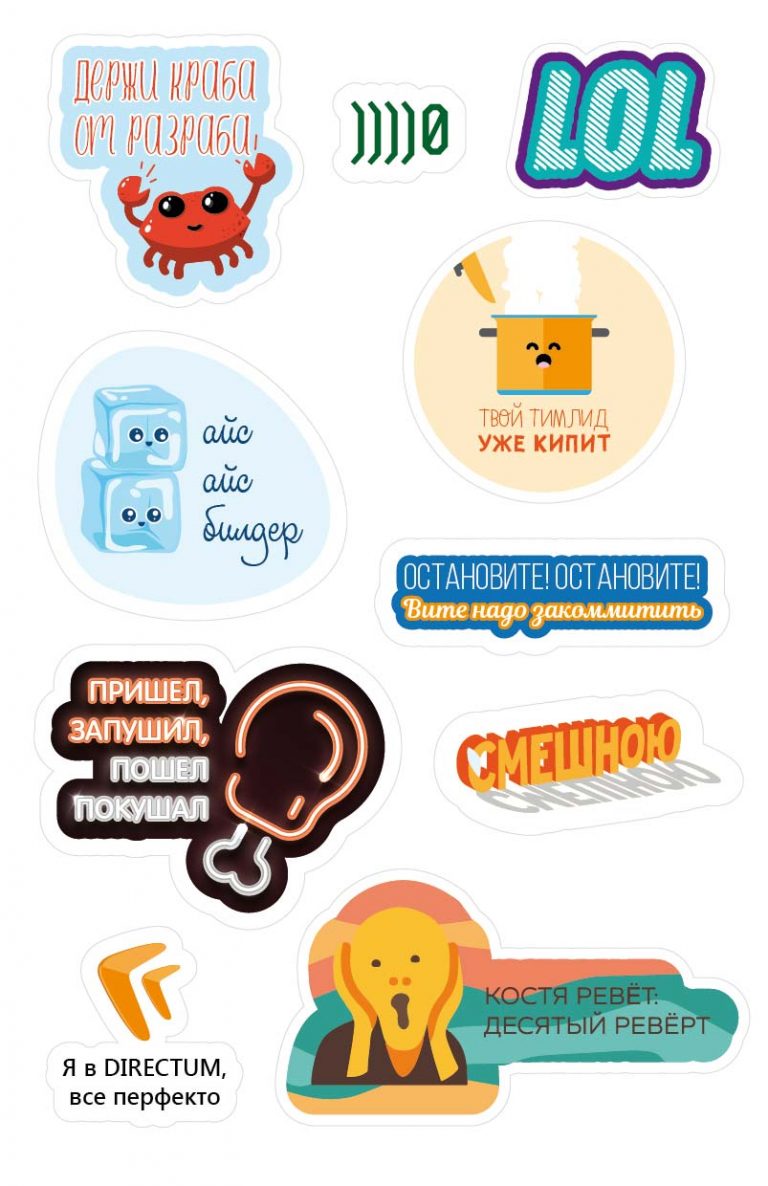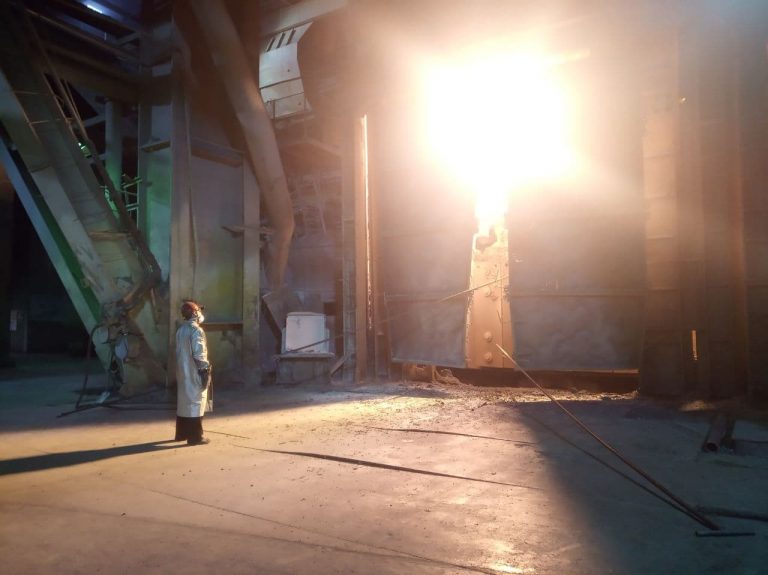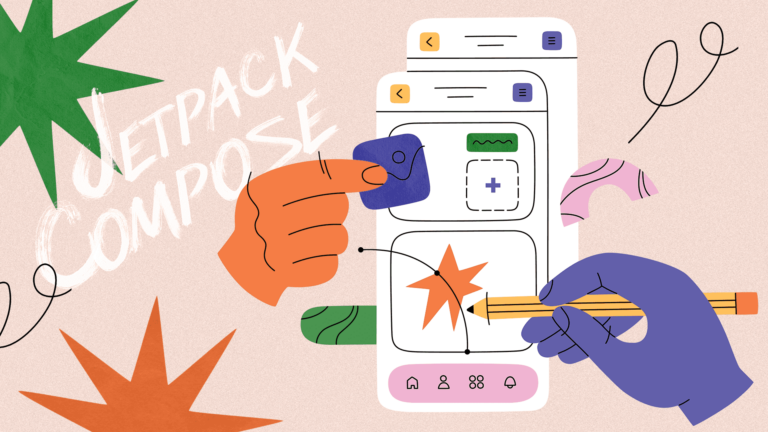Website generation with AI
Generating site content using AI can be useful in some cases. However, it is important to understand that AI-generated content will not always be of high quality or meet the needs of your audience.
In this article I will talk about my experience, how much it costs and what results can be achieved.
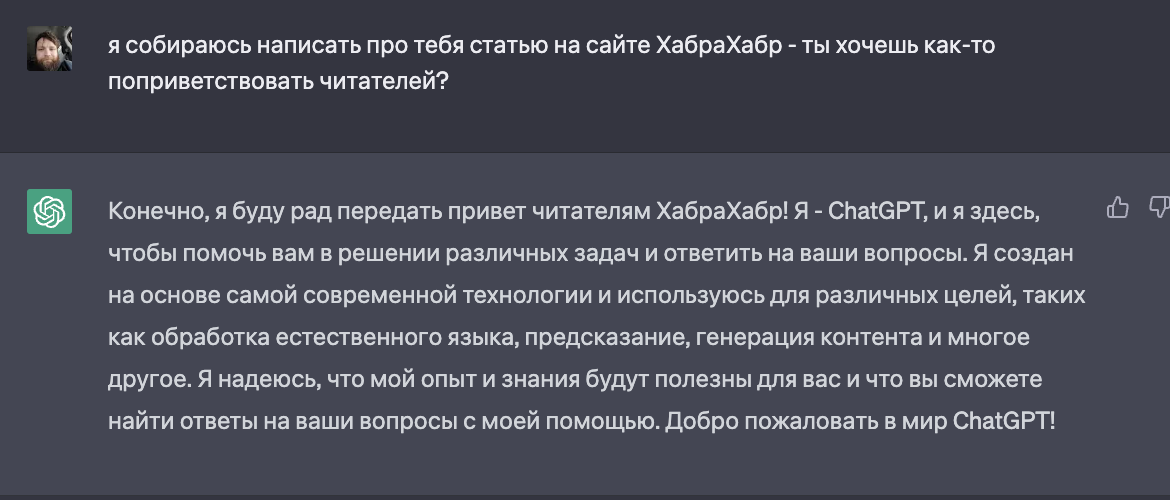
Disclaimer
The author is not an expert in content generation, he is simply sharing his personal experience and the results achieved based on his limited knowledge and experience.
Idea
The main task was to test the reaction of search engines, in particular Google, to AI-generated content. At the same time, the basis and structure of the site were conceived in such a way as to be meaningful, narrowly thematic and initially useful, and the generated content was used to supplement the site.
To simplify the technical part, I took one of my past projectswhich has been abandoned.
A few years ago, I started working on this project, but due to the COVID-19 pandemic, my plans were disrupted, and the project was left in the early stages of development. I used the main code and templates from this project – and it’s noticeable visually.
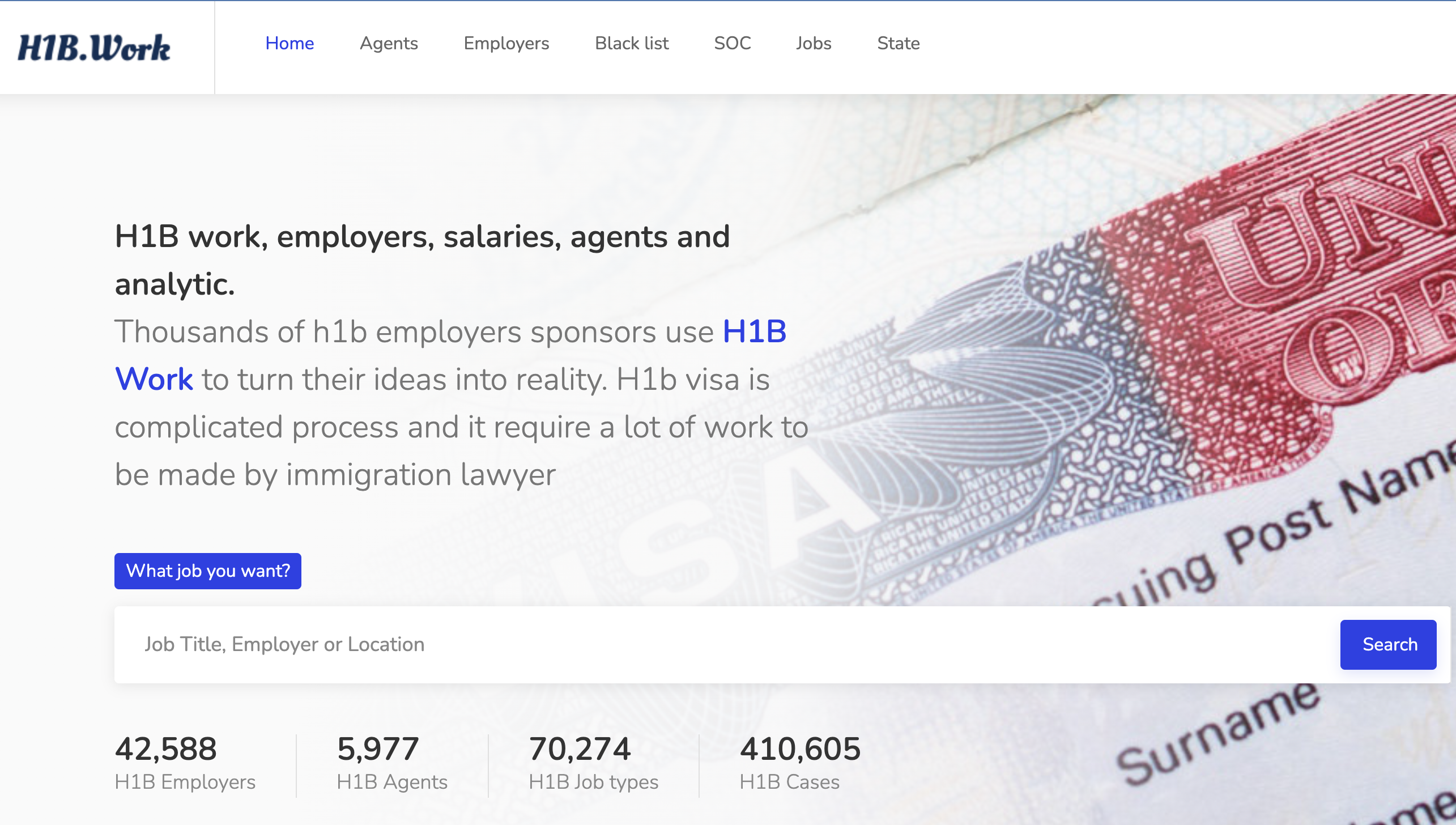
First pancake
Initially, it was necessary to understand how to create unique content and how to use the generated content in order to get a useful result – at least in the eyes of Google.
Like a real dreamer, I started by picking a fun domain name and picking a direction for the future site. First I decided to create a catalog for the Pacific Northwest. However, the question arose: a catalog of what? My first idea was to create a directory of beauty salons, but I underestimated their number and the availability of information about them. Ultimately, I decided to create a directory of schools that train beauty professionals. This solution has the advantage that there are fewer schools and more structured information about them, making it easier to parse.
Finally, after a few months of experimentation in my free time, I created my first website – First experience in the stack of my future AI projects.

Technical points
The site is powered by PHP using the Symfony Framework. At my main job, I have not dealt with PHP for many years, but in personal projects I continue to use it, as it is more convenient and familiar to me.
Cities and states of the USA can be easily found in the public domain in the form of ready-made datasets.
The directory of licensed schools is also freely available through the Open Information Project.
Using the OpenAI API, I was able to create descriptions for categories, schools, and cities/states relevant to the site’s theme. Also, I used the Bing API to get images for all sections of the site.
In two or three months of experimentation, I mastered the work with content generation and was ready to move on to a broader topic covering the entire territory of the United States, and not just a separate region.
Second pancake
For the second site, I decided to choose a broader topic, and my choice was nurses – a mass and in-demand profession.
I spent the extra time rewriting the code in a more versatile way to be able to generate content for different professions and topics.
5 weeks later it was ready my second creation.
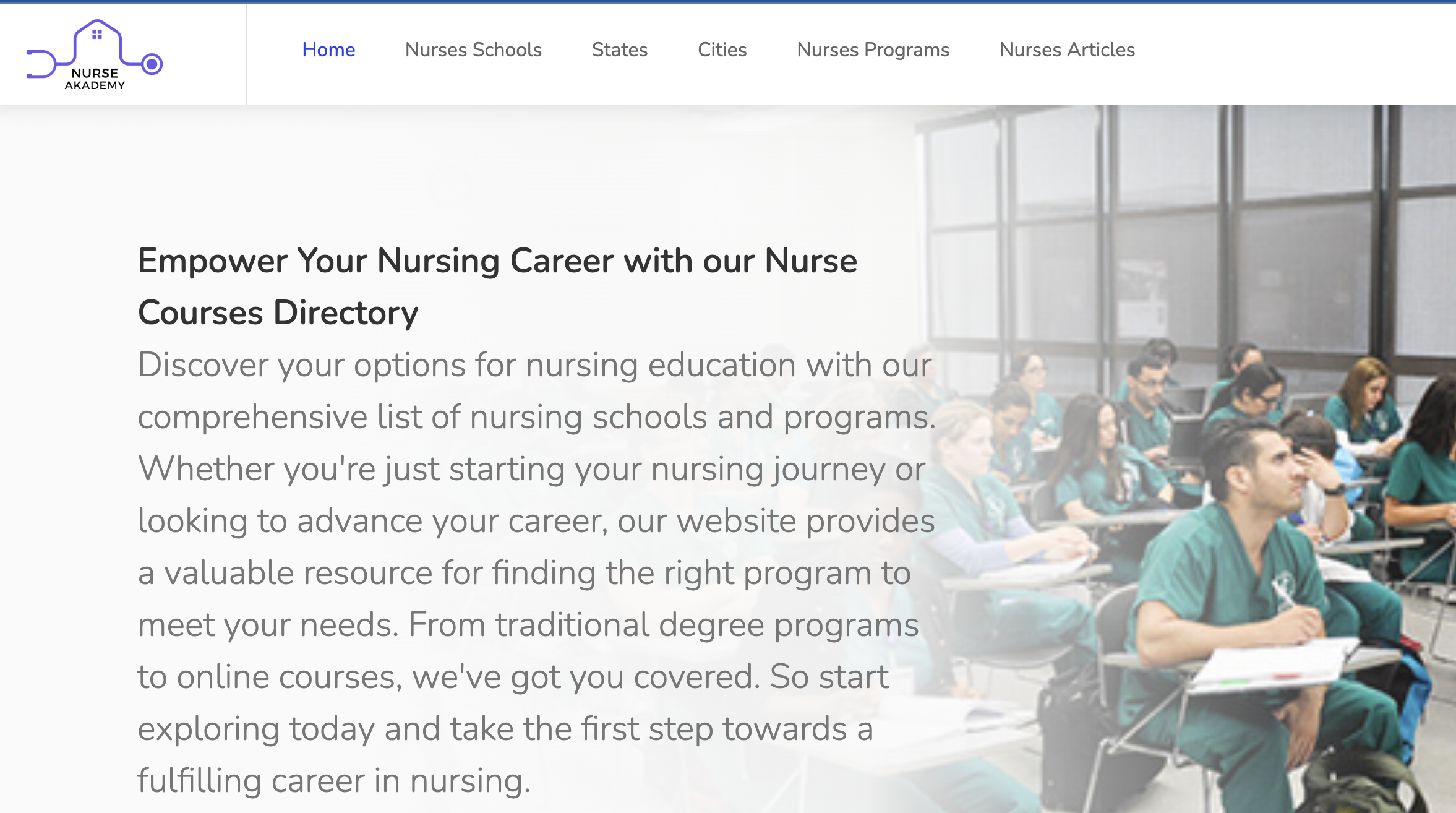
Technically, the second site was an improved version of the first, with a focus on a more versatile engine and a redesigned generation system.
Third and fourth pancake
For creating third siteI chose the topic of training professional chefs, perhaps after watching the movie “The Menu”.
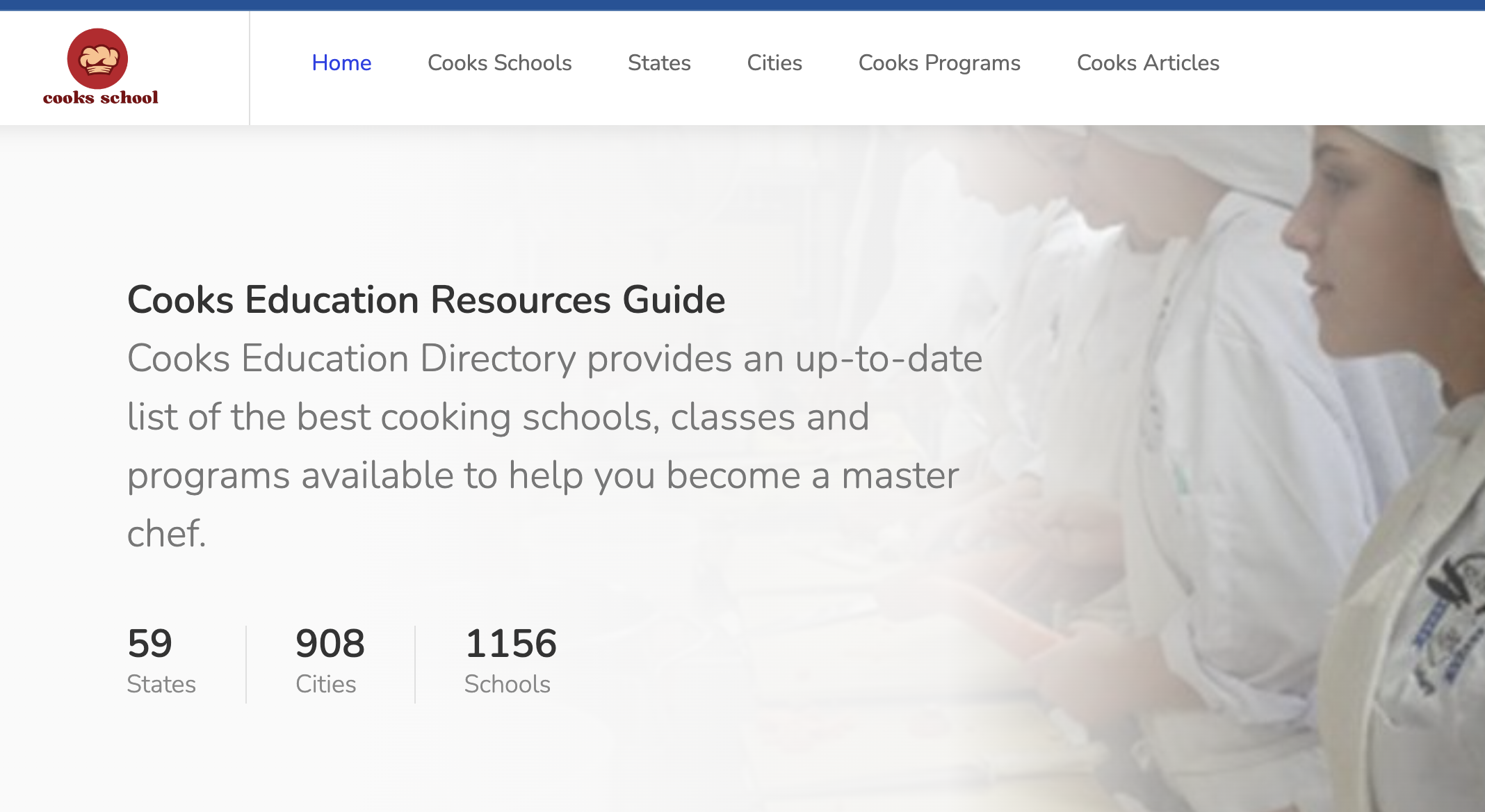
I created this website in 3 days.
I realized that, not being an expert in any of the areas, it is difficult for me to evaluate the quality of the generated content. Therefore, I decided to create another site on a topic that I’m closer and more understandable.
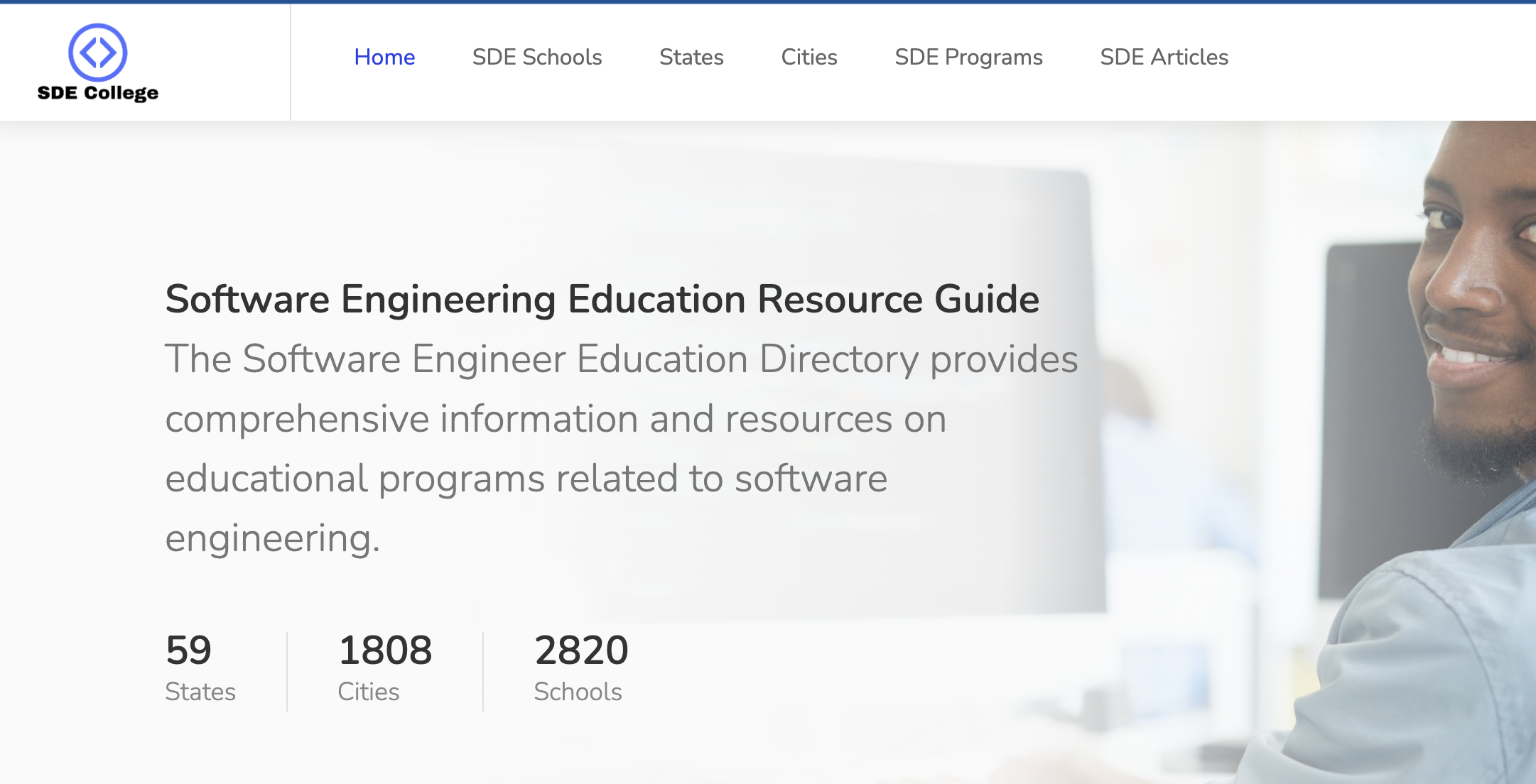
This site was generated in 1 evening, with most of the time spent getting data from the API with minimal human involvement.
About money
Let’s calculate how much money I spent on paying for the services that I needed to generate 4 sites. I won’t count my time as I did it as a hobby and for me it’s not wasted time but rather a break from corporate work.
Domains ($92):
-
pnw.beauty $22
-
nurseakademy.com $12
-
cooks.school $46
-
sdecollege.com $12
The approximate cost of using Digital Ocean is about $120 per year, but I use it not only for these experiments, but also for many other projects.
The site itself is basically static, with the exception of the admin panel, and is served through Cloudflare’s free CDN. In addition, through this service you can get a free SSL certificate.
To get the pictures, I used the Bing API, which has a simple and intuitive interface. I reportedly spent $97 on it.
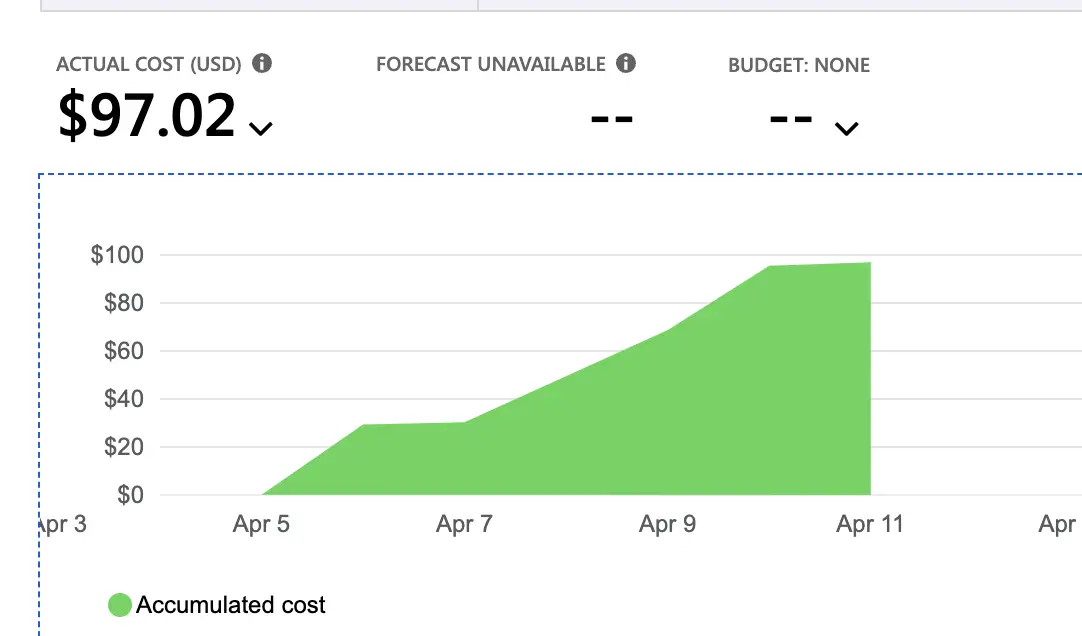
However, apparently during registration I was given some kind of free credits and as a result my account was $0 – thanks to Microsoft for their generosity.

I expected that the main costs would arise in connection with the use of the OpenAI service. It is clear that this is not a cheap service, in addition, the pricing policy is not very transparent and depends on the amount of generated text and the model used.
These pictures show how my needs grew and expenses grew with them:

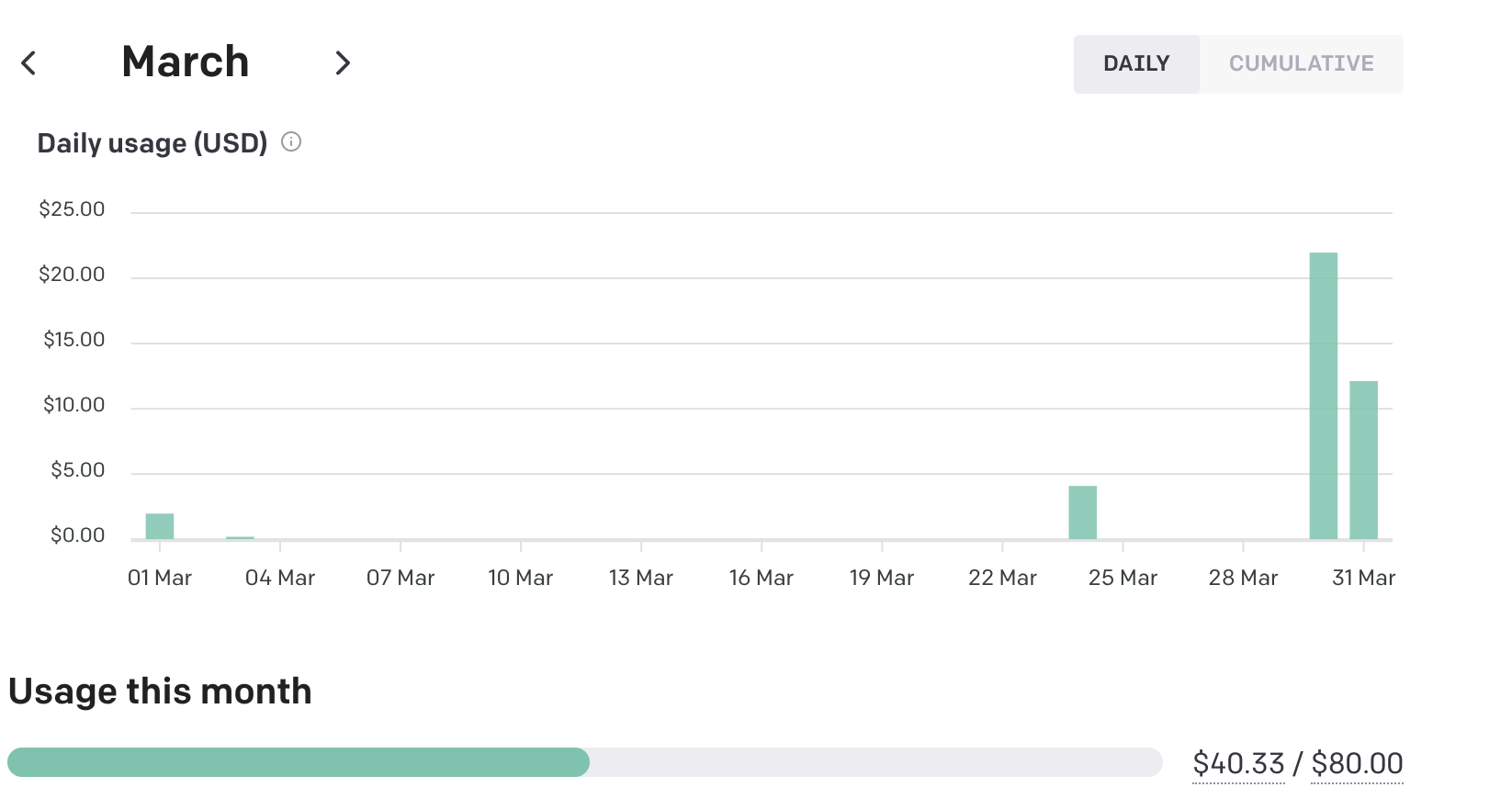

Total: $122
Google indexing
Since the sites are new, it’s hard to predict how Google will react to hybrid content. The site pnw.beauty has already gained some traffic of several hundred people a day, but this is due to the fact that it has been around for some time. The rest of the sites have just started their existence and it will take some time for them to be indexed by Google.
conclusions
Personally, for myself, I consider the experiment successful – I managed to feel the AI content generation in practice and the output turned out to be sites that can bring, albeit a little, but useful, as they contain ordered information on a specific topic.
Whether the costs will pay off is an open question – most likely Google will not rank sites of similar content highly – otherwise, millions of competitors will appear who will dilute traffic from low-frequency queries.
What’s next
At the moment, I have no plans to advertise or monetize these four sites in any way. They will remain my personal experiments and will exist for a year (until the domains expire) without any commercial activity.
In the event that one of the sites begins to show positive dynamics in terms of audience interest, I may continue to develop it in one form or another.
The quality of the content also raises questions – most likely it can be improved by setting requests to OpenAI more carefully and thoughtfully, or by using a person as an editor.

